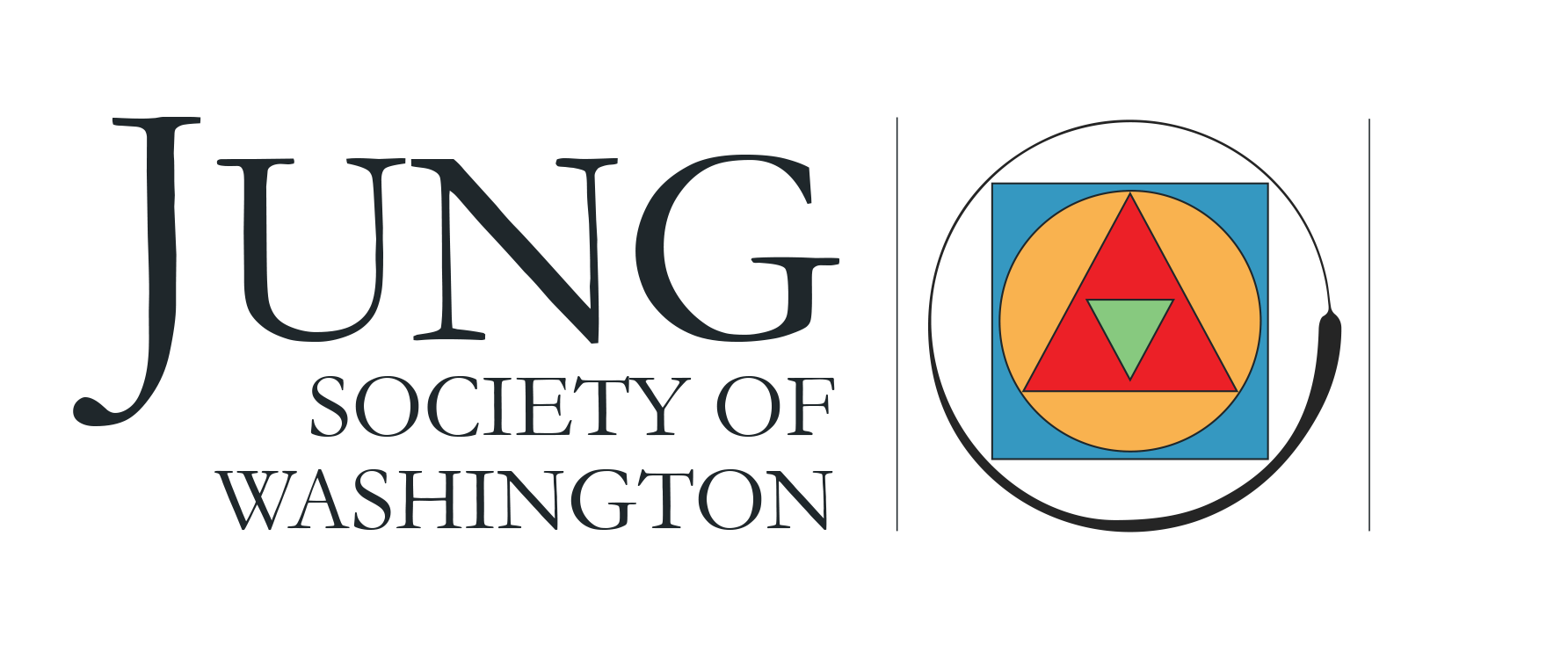When it was suggested a few years ago that one could prefer a hero who doesn’t get captured, it was another one of those decline and fall moments of “there goes the culture.” Why and how could this reveal a big deal? The myth of the hero is one of foundations of human culture. I recently had the pleasure of rereading Carl Jung’s classic, Symbols of Transformation (CW 5, cited below by paragraph) and was struck by how truly foundational the hero myth is to a culture, a civilization, and human development itself. There is a pattern to the hero myth that is worth exploring, if we are to get out of the ways in which we have been captured.
Jung beautifully summarizes the archaic and “typical mythological motifs” (par. 42) of the hero in the following:
He journeys by ship, fights the sea monster, is swallowed, struggles against being bitten and crushed to death (kicking or struggling motif), and having arrived inside the ‘whale-dragon,’ seeks the vital organ, which he proceeds to cut off or otherwise destroy. Often the monster is killed by the hero lighting a fire inside him—that is to say, in the very womb of death he secretly creates life, the rising sun. (par. 538)
Thus condensed is the underlying pattern. There is some capture, symbolized in different ways, which indicates a “going under,” a night sea journey, a neykia, a type of death and resurrection. We only need to think of Jonah and Jesus, Odysseus and Aeneas, not to mention, in American culture, Washington, Lincoln, Sojourner Truth, MLK, among many others. Some kind of dangerous journey to the underworld of darkness and suffering is required, if one is to gain something of true value that has the potential of renewing the culture and oneself in the process.
For Jung, this myth of the hero symbolized the risks and possibilities of becoming fully human. The forces and regressive rip tides of unconsciousness are all too real. Indeed, Jung referred to unconsciousness as a “deadly threat” (par. 548) which could take over an entire nation. However, the dragon of the unconscious could be engaged, entered into, and transformed with the lighting of the fire of consciousness and discovering, in the darkness of suffering, some source, some treasure hard to find, that transcended one’s previous sense of self. “The treasure which the hero fetches from the dark cavern is life,” and one’s very self, new-born (par. 580). In this way, the hero is “an archetype of the self” (par. 612). Even more, for Jung, the question, myth and status, if you will, of the hero is internally connected to the role of religion in a culture and a psyche. How these heroic questions of the unconscious, suffering, darkness and unknowing are negotiated and dealt with, in many ways, determines whether religion serves the spirit—“the Sabbath was made for man and not man for the Sabbath”—or the various alienating structures of the ego’s spiritual materialism and appetite.
The hero has gotten captured, in our selves and in our culture. And, the myth of the hero has been captured by a two-dimensional story of aggrandizement and various forms of narcissism with its insatiable hungers. Whether the hero is freed and the myth of the hero restored is really up to us. A long time ago, when Star Wars was first released, I remember the heroic journey being played out on screen. In particular, I remember seeing the heroic Han Solo being captured by the kleptocrat, Jabba the Hutt, that grotesque image of bloated ego. In the end, Han is freed and Jabba is done in by Princess Leia, twisted into an image of objectified feminine and abused soul, to give it a Jungian interpretation. We need to be conscious and brave here. In recovering the hero in our midst, we need to remember that the unconscious has its own logic. If we spurn and chain it, it may come back and do us in, as it did to Jabba. But, seen from the angle of the hero, and venturing forth into life on the basis of such a perspective, after being captured and finding the treasure, one may find oneself on the new shore of a renewed human relatedness —Han finds Leia, the hero finds soul, feminine finds masculine—the opposites of the self are reconciled and a glimpse is given of what King imaged as “the Beloved Community.”
Mark Napack, M.A., S.T.L., M.S., first studied the hero's journey as a student of comparative literature at Columbia University, after which he applied Joseph Campbell's The Hero with a Thousand Faces to the redemption motif in medieval theology for his thesis at Fordham University. He further studied Jung, psychology and the history of religion at Loyola and Catholic Universities. A long-time graduate and college lecturer, Mark has a special concern for areas of psychology and spirituality and an ongoing involvement with the Collected Works of Jung and Jungian classics. He has presented at international conferences and published in scholarly publications. Mark Napack, LCPC is also a Jungian informed psychotherapist in North Bethesda, MD.
